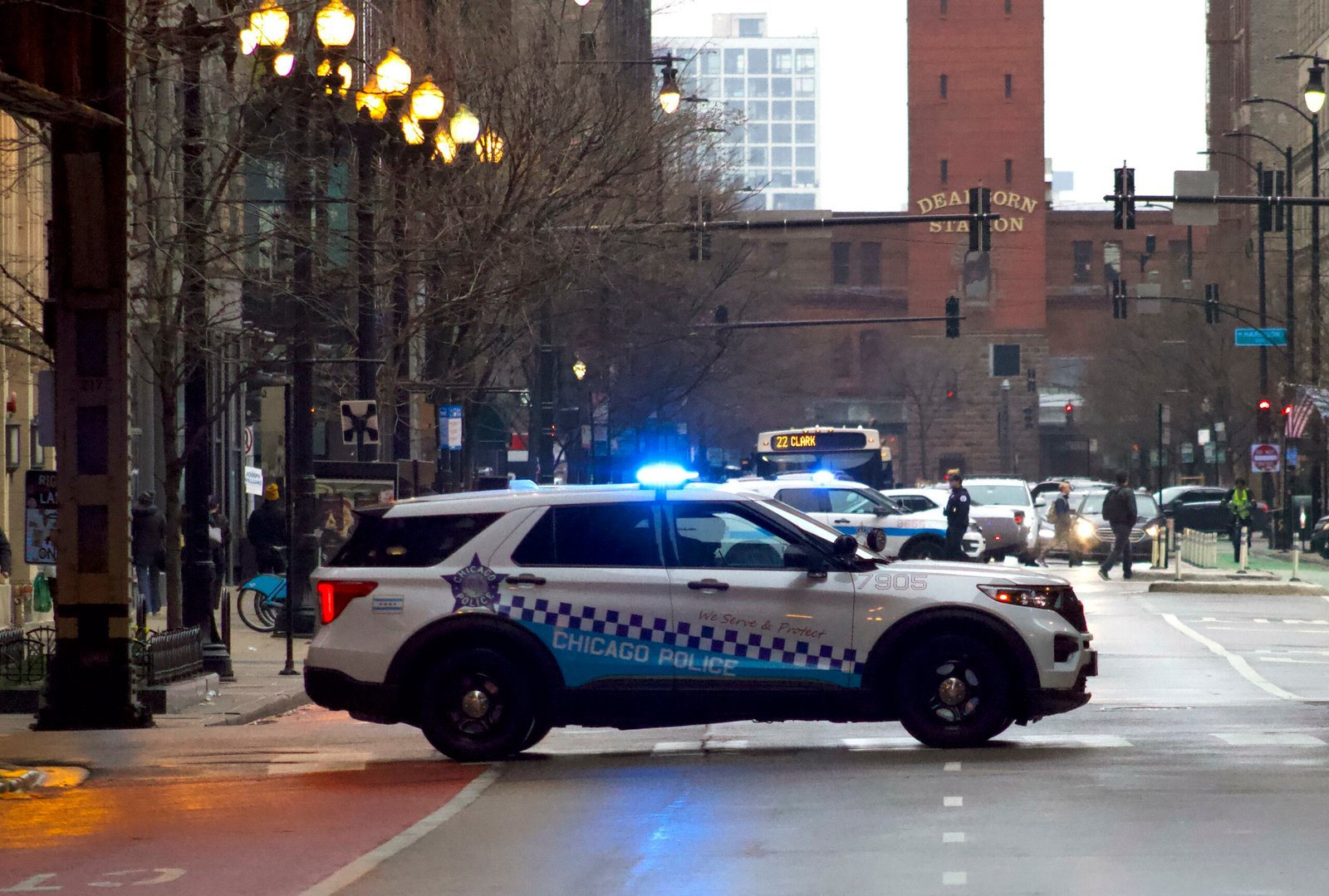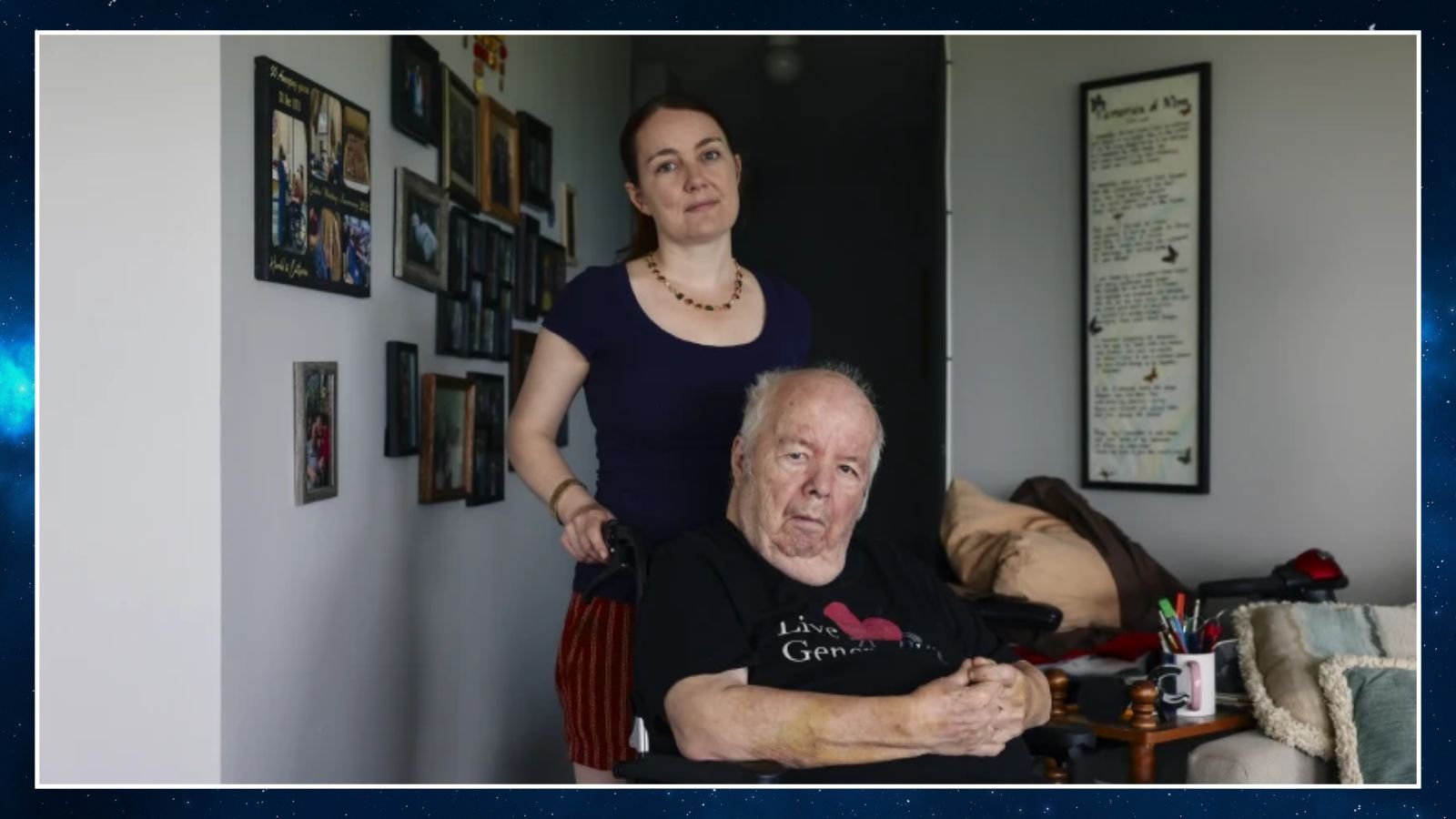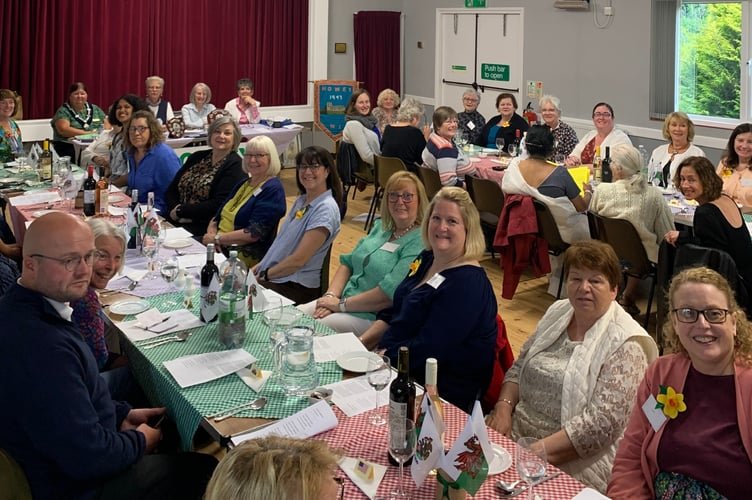CHICAGO — The recent debate over a proposed snap curfew ordinance in Chicago has sparked widespread interest and confusion among residents, especially parents, youth organizers, and neighborhood advocates. With the City Council passing the measure and Mayor Brandon Johnson vetoing it, many are now asking: What does this mean — and how can I respond?
This guide explains the ordinance, what happens after a mayoral veto, and how residents across Chicago and the suburbs can legally and effectively take part in the conversation.
Understanding the Snap Curfew Ordinance
The proposed ordinance would allow the city to:
-
Implement curfews with as little as 48 hours’ notice
-
Apply restrictions to youth under age 18 in specific zones
-
Enforce the curfew using police orders tied to written mayoral declarations
Supporters argue this would help control youth gatherings and improve public safety, particularly downtown. Critics are concerned about civil rights, profiling, and lack of public engagement before the policy was advanced.
What a Mayoral Veto Means
In Chicago’s legislative process:
-
If the mayor vetoes an ordinance, it does not become law
-
The City Council can override the veto with a two-thirds majority vote (34 of 50 alderpersons)
-
If no override occurs, the ordinance is blocked
Mayor Johnson’s veto temporarily halts the ordinance, but supporters are preparing to bring it back for an override vote.
Ways You Can Respond or Get Involved
If you want to express your stance or support public engagement on the issue, here are legal and effective ways to get involved:
1. Contact Your Alderman or Local Representative
Find your alderperson using the Chicago Ward Lookup Tool. Once identified, you can:
-
Call or email their office
-
Ask their position on the curfew ordinance and veto
-
Encourage them to support or oppose a potential override vote
2. Submit a Public Comment to the City Council
You have the right to submit a written comment about any issue being discussed at City Council meetings.
To do this:
-
Visit the Chicago City Council Meeting Calendar
-
Locate upcoming council or committee meetings
-
Send your written comment referencing the curfew ordinance to:
publiccomments@cityofchicago.org
(submit at least 24 hours before the meeting)
Make sure to keep your language respectful, clear, and focused on your concerns or support.
3. Start a Petition or Community Forum
You can build local awareness and organize legally by:
-
Creating a petition on Change.org or paper forms
-
Sharing ordinance details with neighbors at libraries, churches, and block clubs
-
Hosting a community discussion, youth town hall, or digital roundtable
-
Reaching out to local civic groups or legal aid clinics for support
This is especially important if you want the voices of youth and families to be heard directly in the policy process.
4. Encourage Public Education and Youth Engagement
Use this opportunity to teach youth and teens about their rights, civic process, and local government. Encourage:
-
Students and parents to attend or observe Council meetings
-
School clubs to discuss the curfew and what it means for student freedoms
-
Educators and advocates to provide safe spaces for debate and learning
Read More: Sister Rosemary Connelly, Champion for People with Disabilities, Dies at 94
Why Your Voice Matters
Whether you support or oppose the snap curfew, engaging in the process allows you to help shape policies that directly affect your neighborhood. The debate around curfews, policing, and youth rights is complex — but your input adds important context to how decisions are made.
By understanding the steps, using the tools available, and organizing respectfully, residents can play a real role in shaping Chicago’s future.
Do you plan to speak out about the curfew debate? Share how you’re taking action at ChicagoSuburbanFamily.com.









